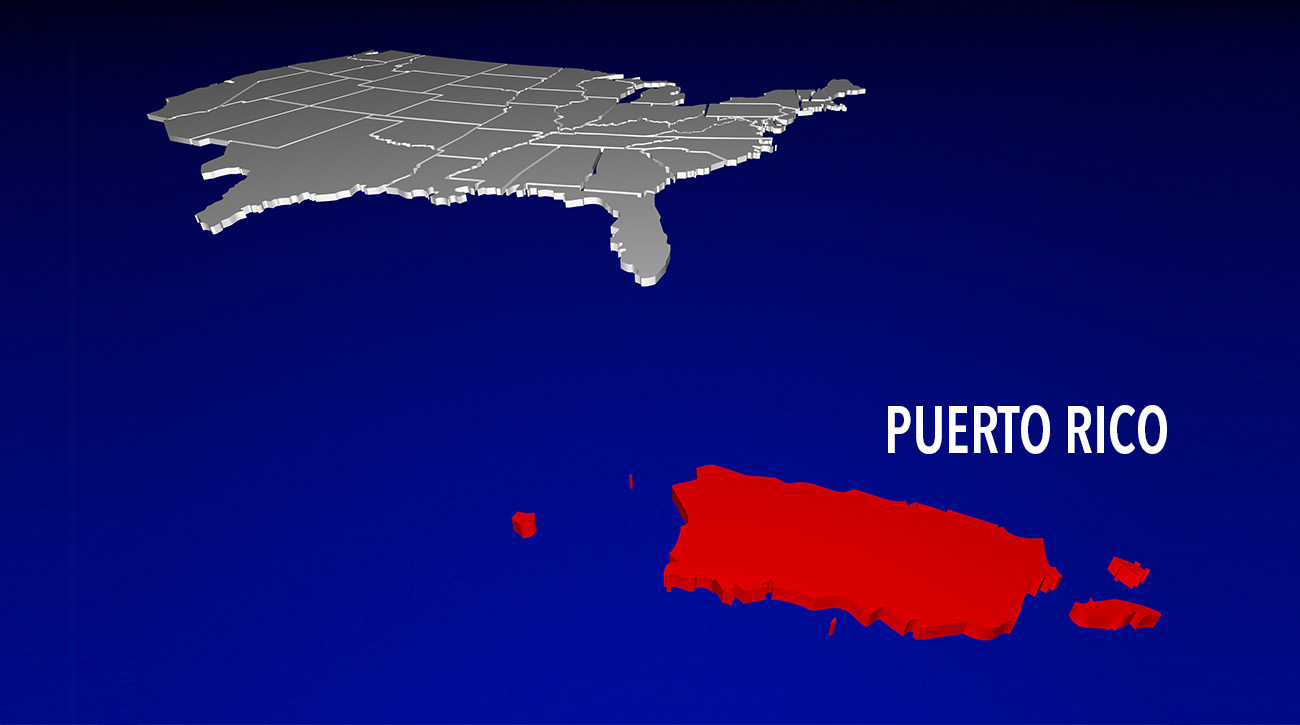A new study finds significant differences in mortality rates between Puerto Ricans living in the Commonwealth of Puerto Rico compared to those on the U.S. mainland. Puerto Ricans in the Commonwealth suffer from much higher death rates from diabetes, kidney disease, pneumonia/influenza and homicide/assault.
“In Puerto Rico, the death rate from diabetes is twice that of their mainland counterparts, and also higher than any other racial or ethnic group in the U.S.” says lead author Uriyoán Colón-Ramos, ScD, MPA, an assistant professor of global health at Milken Institute School of Public Health (Milken Institute SPH) at the George Washington University.
No one knows the cause of that high death rate, but the authors underscore the need to examine the access to services for prevention and control of diabetes in Puerto Rico. Other reports have suggested that doctors and other health professionals are leaving the island because of the recent economic crisis. The island is reeling under more than $70 billion of debt and may be unable to maintain essential services, such as health care, for its residents. The findings from this study, which analyzed data from 2009, could reflect some of the consequences of the current economic crisis and diaspora that started close to 2006. If Puerto Ricans continue to have less access to basic care, including that for diabetes, their disease could worsen—and lead to more premature deaths, Colón-Ramos says.
The multi-institutional study also included researchers from the Institute of Statistics of Puerto Rico, the University of Puerto Rico, as well as the Tulane University School of Public Health and Tropical Medicine.
The study, “Transnational Mortality Comparisons Between Archipelago and Mainland Puerto Ricans,” was published online June 22, 2016 in the Journal of Immigrant and Minority Health.


